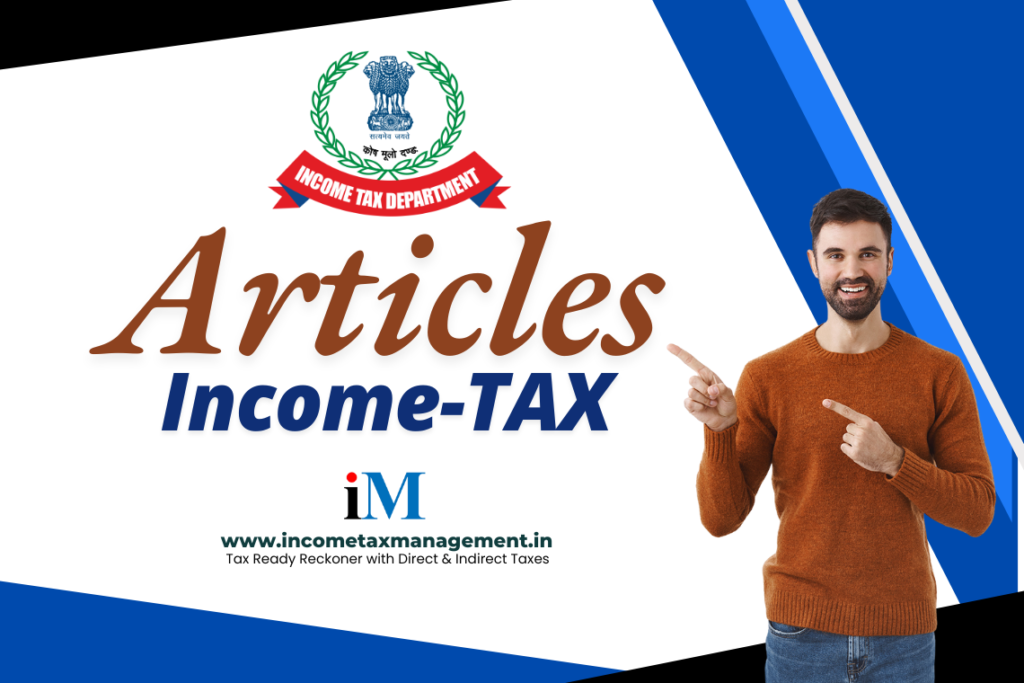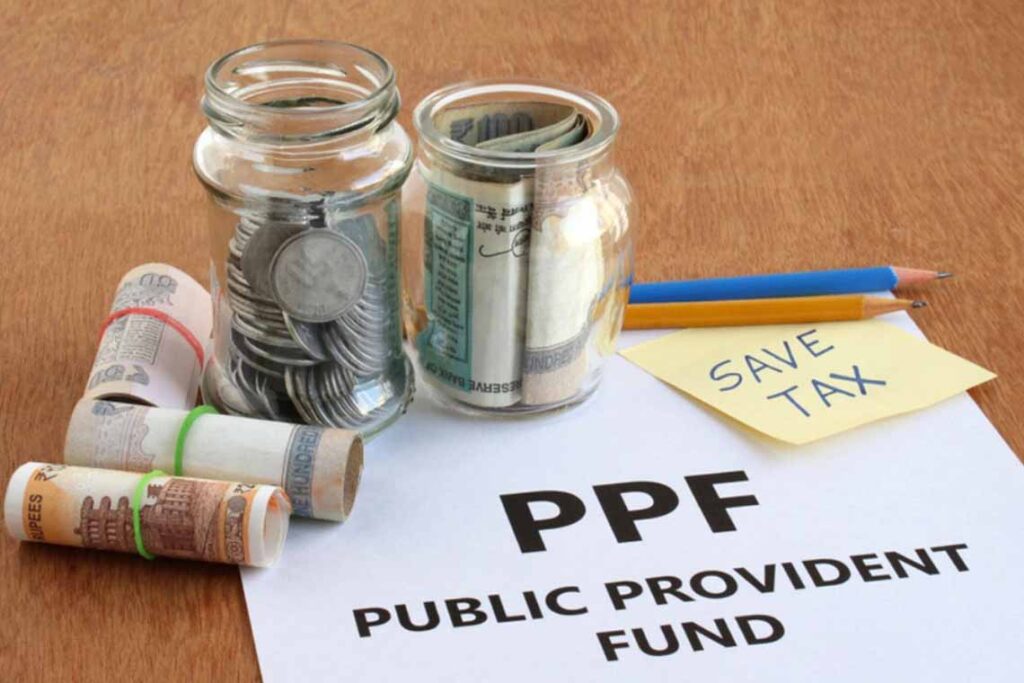Section 147 of the Income Tax Act, 1961, deals with the reassessment of income if the Assessing Officer (AO) has reason to believe that any income chargeable to tax has escaped assessment for a particular assessment year. This provision allows the tax authorities to reopen past assessments within a specified time frame. Here’s an analysis of orders under Section 147:
Key Provisions of Section 147:
- Reopening of Assessment:
- The AO can reopen an assessment if they have reason to believethat income has escaped assessment.
- The term “reason to believe”implies that the AO must have tangible material or evidence to justify the reopening.
- Time Limits for Reopening:
- Up to 3 years: If the escaped income is ₹50,000 or less.
- Up to 10 years: If the escaped income is more than ₹50,000.
- No time limit: In cases involving assets located outside India.
- Conditions for Reopening:
- The AO must record reasons in writing for reopening the assessment.
- The taxpayer must be provided with a copy of the reasons and an opportunity to object.
- Procedure:
- The AO issues a notice under Section 148to the taxpayer, informing them of the reopening.
- The taxpayer can file a return in response to the notice and request a copy of the reasons for reopening.
- The AO must pass a reassessment orderafter considering the taxpayer’s submissions.
Scope of Section 147:
1. Escaped Assessment Authority:
– Section 147 empowers the Assessing Officer to address situations where income chargeable to tax has escaped assessment for a specific assessment year.
2. Reassessment Powers:
– The Assessing Officer, under this section, can assess or reassess the income that has escaped assessment. This includes the ability to recompute losses, depreciation allowance, and other allowances or deductions for the relevant assessment year.
3. Comprehensive Reassessment:
– The scope extends to any issue related to the escaped assessment of income. This means the Assessing Officer can consider aspects that might not have been covered in the initial assessment.
4. Flexibility in Issue Identification:
– The Assessing Officer has the flexibility to identify and address any issue related to escaped assessment, even if it comes to notice subsequently during the proceedings under this section.
5. Operational Framework:
– The section operates within the defined framework of sections 148 to 153, providing a legal structure for the reassessment process.
Favourable Aspects for The Revenue:
1. Enhanced Reassessment Authority:
– Section 147 significantly enhances the authority of the Income Tax Department by allowing the reassessment of income that has escaped initial assessment.
2. Flexibility in Issue Resolution:
– The provision offers flexibility by permitting the Assessing Officer to address any issue related to escaped assessment, providing an advantage in addressing unforeseen aspects.
3. Independent of Section 148A Compliance:
– Section 147 operates independently of the provisions of section 148A, allowing the Assessing Officer to proceed with the assessment or reassessment even if the specific compliance requirements of section 148A have not been met.
4. Holistic Recomputation Authority:
– The section allows for the recomputation of losses, depreciation allowance, and other deductions. This ensures a holistic approach to reassessment, preventing omissions or errors in the initial assessment.
5. Timely Correction of Assessment Errors:
– By providing the authority to reassess income, the section enables the timely correction of errors or oversights in the original assessment, contributing to the accuracy of tax collection.
Income Escaping Assessment.
- If any income chargeable to tax, in the case of an assessee, has escaped assessment for any assessment year, the Assessing Officer may, subject to the provisions of sections 148to 153, assess or reassess such income or recompute the loss or the depreciation allowance or any other allowance or deduction for such assessment year (hereafter in this section and in sections 148 to 153 referred to as the relevant assessment year).
Explanation.—For the purposes of assessment or reassessment or re-computation under this section, the Assessing Officer may assess or reassess the income in respect of any issue, which has escaped assessment, and such issue comes to his notice subsequently in the course of the proceedings under this section, irrespective of the fact that the provisions of section 148A have not been complied with.
Judicial Interpretation and Key Case Laws:
The courts have laid down important principles regarding the validity of orders under Section 147. Some landmark judgments include:
- Reason to Believe:
- The Supreme Court, in ICICI Securities Ltd. vs. ACIT (2020), emphasized that the AO must have tangible materialto form a reason to believe that income has escaped assessment.
- Mere suspicion or change of opinion is not sufficient to reopen an assessment.
- Change of Opinion:
- In CIT vs. Kelvinator of India Ltd. (2010), the Supreme Court held that reassessment cannot be done based on a mere change of opinionif the income was already scrutinized during the original assessment.
- Disclosure of Reasons:
- In GKN Driveshafts (India) Ltd. vs. ITO (2002), the Supreme Court ruled that the taxpayer has the right to receive a copy of the reasons for reopening and to file objections before the AO proceeds with the reassessment.
- Fresh Material:
- In Phool Chand Bajrang Lal vs. ITO (1993), the Supreme Court held that the AO must have fresh and tangible materialto reopen an assessment, not just a reappraisal of existing evidence.
Grounds for Reopening Under Section 147:
Reassessment can be initiated on various grounds, such as:
- Undisclosed Income: Income not disclosed in the original return.
- Incorrect Claims: Excessive deductions or exemptions claimed.
- New Information: Information received from external sources (e.g., investigation agencies, audit reports).
- Foreign Assets: Discovery of assets located outside India.
Challenges to Reassessment Orders:
Taxpayers can challenge reassessment orders on the following grounds:
- Lack of Jurisdiction: The AO did not have valid reasons to believe that income escaped assessment.
- No Fresh Material: The reopening was based on a reappraisal of existing material.
- Violation of Natural Justice: The taxpayer was not provided with a copy of the reasons or an opportunity to object.
- Time-Barred: The reassessment was initiated after the expiry of the limitation period.
Procedure for Reassessment:
- Notice under Section 148: The AO issues a notice to the taxpayer, specifying the assessment year to be reopened.
- Filing of Return: The taxpayer must file a return in response to the notice.
- Objections: The taxpayer can file objections to the reopening, which the AO must consider before passing the reassessment order.
- Reassessment Order: The AO passes an order determining the escaped income and the tax liability.
Section 147 is a powerful tool in the hands of the tax authorities to ensure that no income escapes assessment. However, it must be exercised within the bounds of the law, with proper justification and adherence to procedural requirements. Taxpayers must be vigilant and take appropriate steps to protect their rights during reassessment proceedings.











